Home>Maintenance & Safety>Pest Control Solutions>When Do Yellow Jackets Come Out
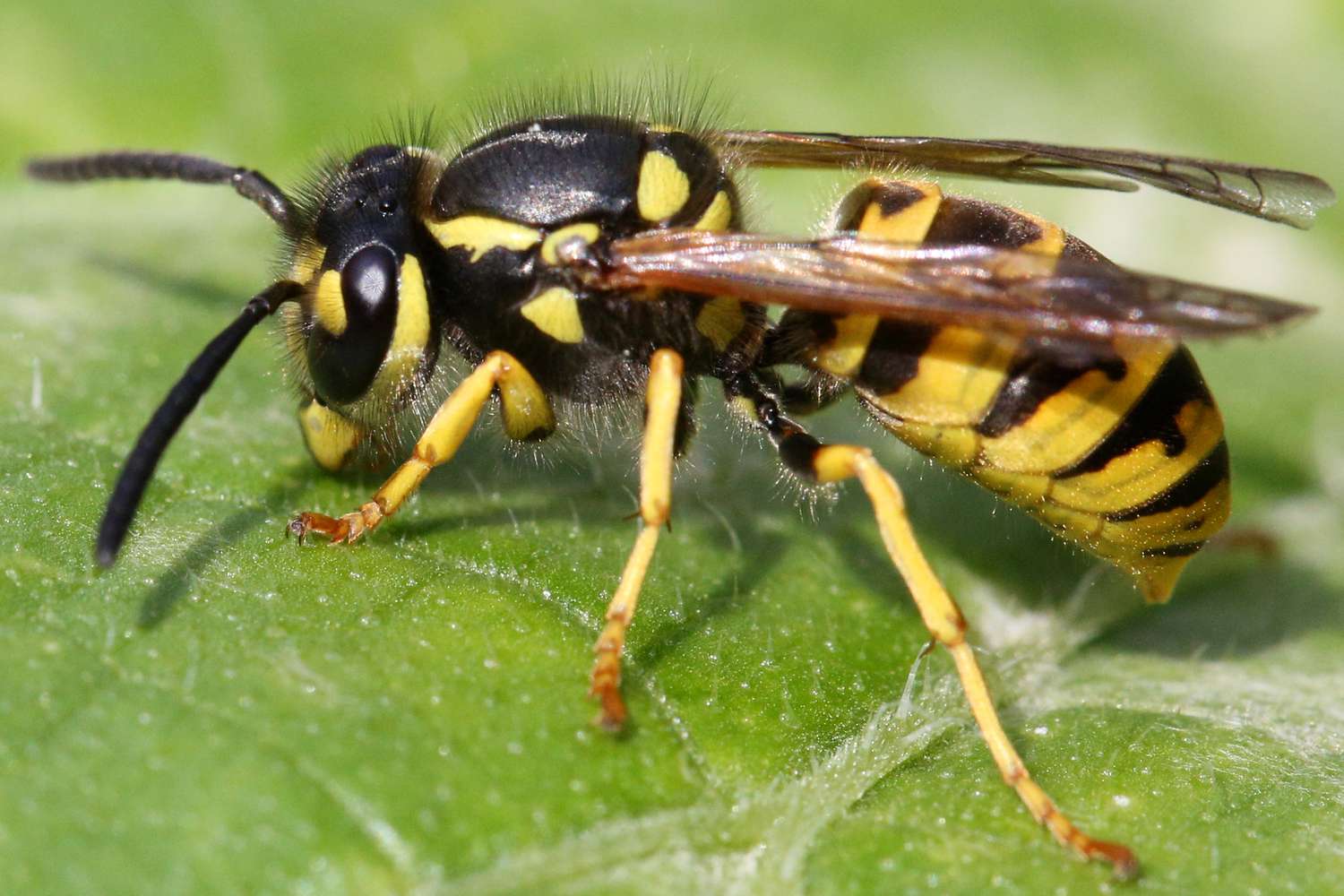

Pest Control Solutions
When Do Yellow Jackets Come Out
Modified: August 27, 2024
Learn the best pest control solutions for dealing with yellow jackets. Discover when yellow jackets come out and how to keep them away from your home. Protect your family and property with effective pest control strategies.
(Many of the links in this article redirect to a specific reviewed product. Your purchase of these products through affiliate links helps to generate commission for Storables.com, at no extra cost. Learn more)
Introduction
Yellow jackets are a common sight during the warmer months, buzzing around picnics, gardens, and outdoor events. These insects, known for their distinctive yellow and black markings, are a type of predatory wasp that can cause distress and even danger to humans. Understanding their behavior and life cycle is crucial for effective pest control and minimizing potential encounters.
In this comprehensive guide, we will delve into the world of yellow jackets, exploring their habits, life cycle, and the factors that influence their activity. By gaining insight into the behavior of these insects, you can better prepare for their presence and take proactive measures to mitigate the risks they pose.
Whether you're a homeowner, outdoor enthusiast, or simply curious about these fascinating creatures, this article will provide valuable knowledge on when yellow jackets come out, how to identify their activity patterns, and practical tips for dealing with them. So, let's embark on this journey to unravel the mysteries of yellow jackets and equip ourselves with the knowledge to coexist harmoniously with these buzzing insects.
Key Takeaways:
- Yellow jackets are most active in late summer and early fall when natural food sources become scarce, leading to heightened foraging and potential encounters with humans. Awareness and caution during outdoor activities are crucial during this period.
- To minimize yellow jacket encounters, secure outdoor food and beverage sources, identify and avoid nesting sites, and remain calm during interactions. Natural repellents and professional pest control services can also help manage these buzzing insects.
Read more: When Do Yellow Jackets Go Dormant
Understanding Yellow Jackets
Yellow jackets, scientifically classified as Vespula and Dolichovespula, are a species of predatory wasps known for their distinctive yellow and black markings. These insects belong to the family Vespidae and are commonly mistaken for bees due to their similar appearance. However, yellow jackets can be distinguished by their slender bodies, defined waists, and lack of dense body hair.
These social insects live in colonies, with each colony typically comprising thousands of individuals. The colonies are structured with a queen, workers, and males, each playing a specific role in the survival and propagation of the species. The queen is responsible for laying eggs, while the workers are tasked with foraging for food, expanding the nest, and protecting the colony. Male yellow jackets, also known as drones, have the sole purpose of mating with the queen.
Yellow jackets are opportunistic predators, feeding on a variety of insects, spiders, and even carrion. They are also attracted to sugary substances, making them frequent visitors to outdoor gatherings and picnics where sweet foods and beverages are present. Their aggressive nature and ability to sting repeatedly make them a nuisance and a potential threat, especially to individuals allergic to their venom.
In terms of habitat, yellow jackets are versatile and can be found in various environments, including urban areas, forests, and grasslands. They construct their nests in concealed locations such as underground burrows, hollow tree trunks, and wall voids, making it essential to exercise caution when exploring unfamiliar outdoor spaces.
Understanding the behavior and characteristics of yellow jackets is crucial for minimizing potential conflicts with these insects. By recognizing their distinctive appearance, social structure, feeding habits, and nesting preferences, individuals can take proactive measures to avoid confrontations and mitigate the risks associated with yellow jacket encounters.
Life Cycle of Yellow Jackets
The life cycle of yellow jackets is a fascinating journey that encompasses distinct stages, each contributing to the survival and perpetuation of the species. Understanding this cycle provides valuable insights into the behavior and activity patterns of these insects, shedding light on when they are most likely to emerge and thrive.
The life cycle of yellow jackets begins with the queen, who plays a pivotal role in initiating and sustaining the colony. In the early spring, the overwintered queen emerges from her hibernation site, often a protected location such as a hollow tree or underground burrow. Once active, the queen begins the process of establishing a new colony by seeking out a suitable nesting site.
Upon finding a suitable location, the queen constructs a small paper nest and lays the first batch of eggs. These initial eggs give rise to the first generation of worker yellow jackets, which assume the responsibilities of foraging for food, expanding the nest, and caring for subsequent broods. As the colony grows, the queen focuses on egg-laying, rapidly increasing the population of the colony.
Throughout the spring and summer, the colony undergoes rapid expansion, with the queen continuously laying eggs and the workers diligently tending to the nest and its inhabitants. This period of intense activity culminates in the emergence of reproductive individuals, including males and new queens. These reproductives play a crucial role in perpetuating the species, as they are responsible for mating and initiating new colonies in the following season.
As the summer transitions into fall, the colony's focus shifts from expansion to the production of reproductives. The queen reduces her egg-laying efforts, and the colony's energy is directed towards the development of future queens and males. Once the new reproductives reach maturity, they leave the nest to embark on mating flights, marking the culmination of the colony's life cycle for the year.
Following the mating flights, the newly mated queens seek out suitable overwintering sites, where they will remain dormant until the following spring, initiating the cycle anew. Meanwhile, the existing colony, including the workers and males, reaches the end of its life cycle, with the onset of colder temperatures leading to the eventual decline and abandonment of the nest.
In essence, the life cycle of yellow jackets encompasses the queen's initiation of a new colony, the rapid expansion and development of workers, the production of reproductives, and the eventual decline and dispersal of the colony. This cyclical process perpetuates the species and shapes the timing of yellow jackets' emergence and activity throughout the year.
Yellow jackets typically come out in the spring when the weather starts to warm up. They are most active during the day and can be found near food sources like garbage cans and outdoor picnics.
Factors Affecting Yellow Jackets' Activity
Several factors influence the activity and behavior of yellow jackets, dictating when they are most likely to emerge, forage, and exhibit aggressive tendencies. Understanding these factors is essential for predicting and managing yellow jacket encounters, thereby minimizing the potential risks associated with their presence.
-
Temperature and Weather Conditions: Yellow jackets are highly sensitive to temperature and weather patterns. Their activity is significantly influenced by ambient temperatures, with warmer conditions promoting increased foraging and nest maintenance. During cooler periods, such as early spring and late fall, their activity may be subdued as they conserve energy and focus on sustaining the colony.
-
Availability of Food Sources: The abundance of food sources, particularly protein-rich prey and sugary substances, directly impacts yellow jackets' activity levels. In late summer and early fall, when natural food sources become scarcer, yellow jackets may exhibit more aggressive behavior as they compete for resources, leading to heightened encounters with humans.
-
Colony Development Stage: The developmental stage of the yellow jacket colony plays a crucial role in determining their activity patterns. Early in the season, when the colony is establishing and expanding, the workers are focused on nest construction and caring for the brood. As the season progresses, the colony's dynamics shift, with the production of reproductives becoming a priority, influencing the behavior of the entire colony.
-
Predator Threats and Nest Disturbances: Yellow jackets are highly defensive of their nests and exhibit aggressive behavior when they perceive threats. Any disturbances near their nesting sites, whether accidental or intentional, can trigger defensive responses, leading to stinging incidents. Understanding the locations where yellow jackets commonly nest and taking precautions to avoid disturbing them is crucial for minimizing confrontations.
-
Day Length and Seasonal Changes: The length of daylight and seasonal transitions play a role in regulating yellow jackets' activity. As the days grow shorter and temperatures begin to decline in the fall, yellow jackets undergo behavioral changes, shifting their focus towards the production of reproductives and preparing for the winter months.
By considering these factors, individuals can anticipate and prepare for periods of heightened yellow jacket activity, taking proactive measures to minimize the likelihood of confrontations. Whether it involves securing outdoor food and beverage sources, identifying and avoiding nesting sites, or implementing targeted pest control strategies, understanding the factors influencing yellow jackets' activity empowers individuals to coexist harmoniously with these insects.
When Yellow Jackets Are Most Active
Yellow jackets exhibit varying levels of activity throughout the year, influenced by a combination of environmental, biological, and seasonal factors. Understanding the timing of their peak activity is crucial for individuals to anticipate and prepare for potential encounters with these insects.
During the early spring, as temperatures begin to rise and natural food sources become more abundant, yellow jackets emerge from their overwintering sites. At this stage, the newly active queens initiate the formation of new colonies, laying the foundation for the season's population of workers and reproductives. As the colony's population grows, the workers intensify their foraging efforts, seeking protein-rich prey to sustain the developing brood and support the queen's egg-laying activities.
As the spring transitions into summer, the activity of yellow jackets reaches its peak, characterized by heightened foraging, nest expansion, and defensive behavior. The workers diligently maintain the nest, ensuring the well-being of the developing brood and the queen. This period also marks the emergence of reproductives, including males and new queens, as the colony prepares for the next phase of its life cycle.
Late summer and early fall signify a critical juncture in the yellow jackets' activity, as the availability of natural food sources begins to diminish. This scarcity prompts increased foraging efforts and heightened aggression as yellow jackets compete for resources. Outdoor gatherings, picnics, and exposed food and beverage sources become particularly attractive to these insects during this period, leading to a higher likelihood of human encounters.
As the days grow shorter and temperatures gradually decline, the activity of yellow jackets undergoes a noticeable shift. The focus of the colony transitions towards the production of reproductives, with the queen laying eggs that will give rise to the next generation of queens and males. This phase marks the culmination of the colony's annual cycle, as the reproductives embark on mating flights, and the existing workers and males reach the end of their life cycle.
By recognizing these patterns of peak activity, individuals can take proactive measures to minimize the risk of yellow jacket encounters. Whether it involves securing outdoor food and beverage sources, identifying and avoiding nesting sites, or implementing targeted pest control strategies, understanding the timing of yellow jackets' heightened activity empowers individuals to coexist harmoniously with these insects.
Tips for Dealing with Yellow Jackets
Dealing with yellow jackets requires a combination of caution, prevention, and strategic intervention to minimize potential conflicts and mitigate the risks associated with their presence. By implementing the following tips, individuals can navigate their outdoor experiences with greater confidence and reduce the likelihood of yellow jacket encounters.
-
Identify and Avoid Nesting Sites: Take proactive measures to identify potential yellow jacket nesting sites, such as underground burrows, wall voids, and hollow tree trunks. Exercise caution when exploring outdoor spaces, especially in areas with dense vegetation or ground cover where nests may be concealed. By recognizing and avoiding these locations, the risk of inadvertently disturbing a yellow jacket colony is significantly reduced.
-
Secure Outdoor Food and Beverage Sources: When dining or hosting outdoor gatherings, ensure that food and beverage sources are securely covered to prevent yellow jackets from being attracted to the scent of sweet or savory items. Utilize tightly sealed containers, lids, and food nets to minimize the accessibility of these tempting resources, thereby reducing the likelihood of yellow jacket foraging and potential confrontations.
-
Use Caution Around Fragrant Substances: Yellow jackets are drawn to fragrant substances, including perfumes, lotions, and scented products. Exercise caution when using these items in outdoor settings, as their strong scents can attract yellow jackets. Opt for unscented alternatives or apply these products in well-ventilated areas to minimize the risk of attracting these insects.
-
Remain Calm and Avoid Sudden Movements: In the event of a yellow jacket encounter, remain calm and avoid making sudden movements that may provoke defensive behavior. Swatting at yellow jackets or engaging in rapid movements can escalate their aggression, increasing the likelihood of stinging incidents. Instead, move slowly and deliberately to distance yourself from the area.
-
Implement Natural Repellents: Consider using natural repellents, such as essential oils with strong scents that deter yellow jackets. Peppermint, clove, and lemongrass oils are known for their insect-repelling properties and can be applied to clothing or outdoor surfaces to discourage yellow jackets from approaching.
-
Seek Professional Pest Control Services: In cases where yellow jacket infestations pose a significant risk or challenge, seek the expertise of professional pest control services. Trained professionals can assess the situation, implement targeted interventions, and safely remove nests, minimizing the potential hazards associated with yellow jackets.
By incorporating these tips into outdoor activities and adopting a proactive approach to yellow jacket management, individuals can navigate their environments with greater confidence and reduce the likelihood of negative interactions with these insects. Awareness, preparation, and strategic measures are key to fostering a harmonious coexistence with yellow jackets while minimizing the potential risks they pose.
Frequently Asked Questions about When Do Yellow Jackets Come Out
Was this page helpful?
At Storables.com, we guarantee accurate and reliable information. Our content, validated by Expert Board Contributors, is crafted following stringent Editorial Policies. We're committed to providing you with well-researched, expert-backed insights for all your informational needs.
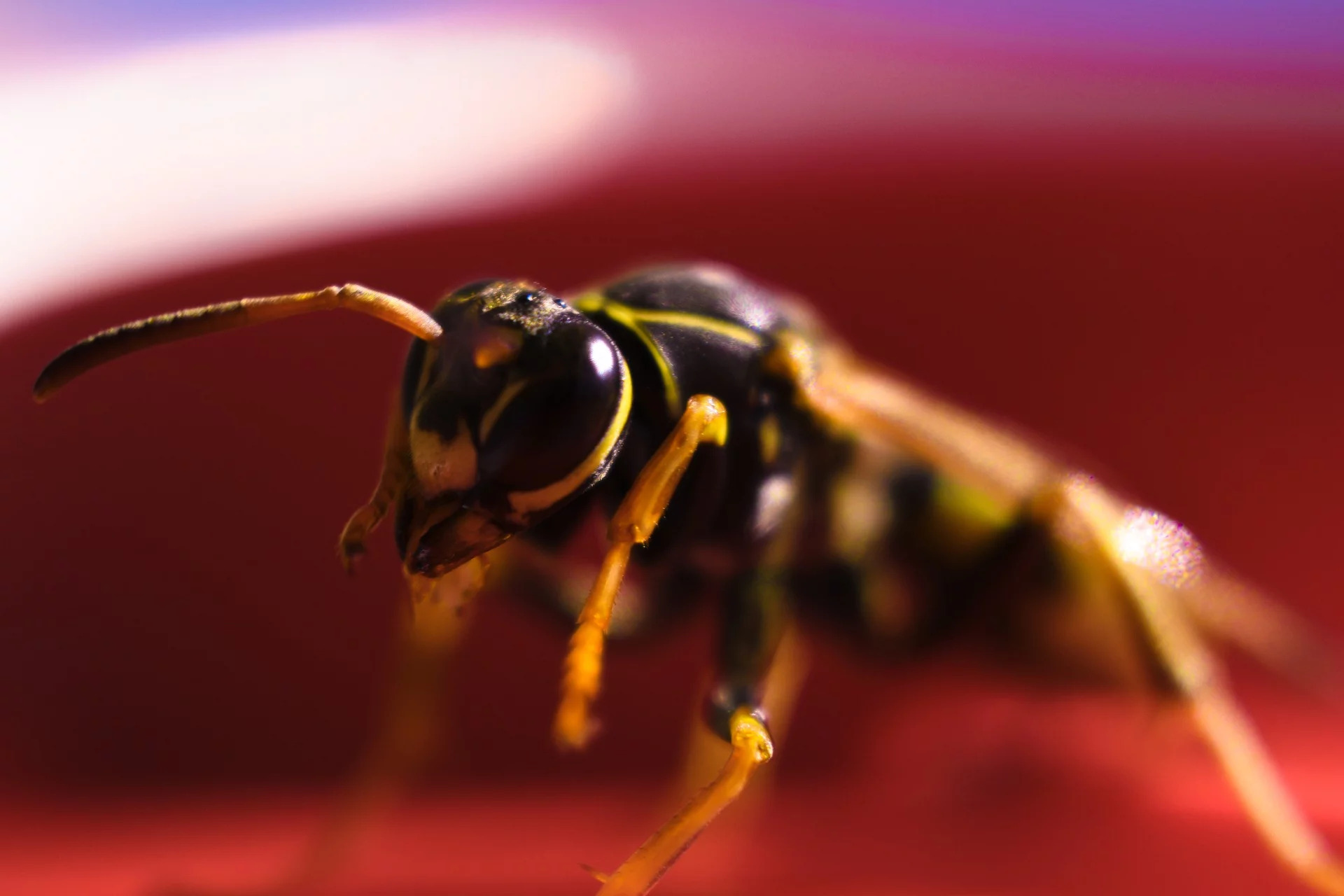

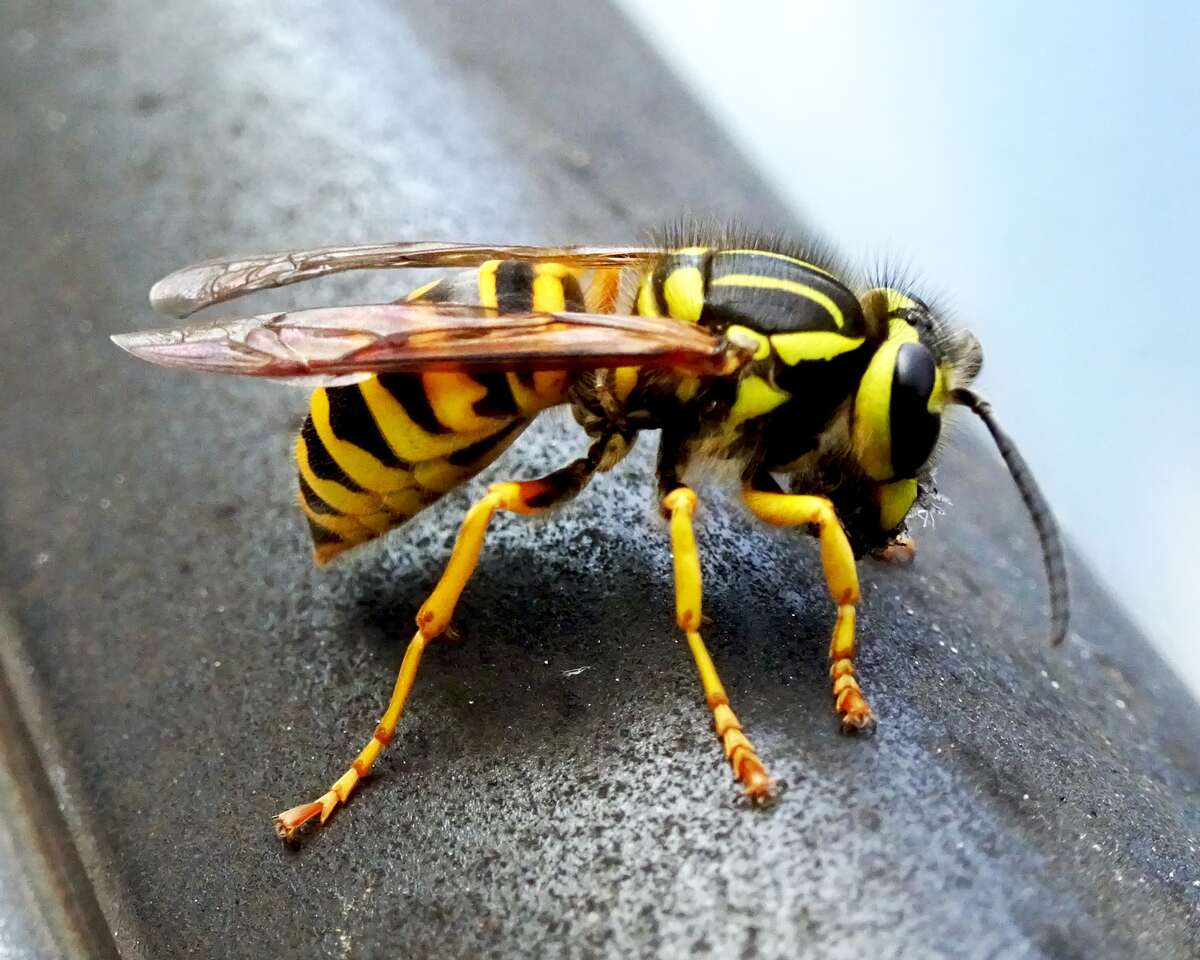
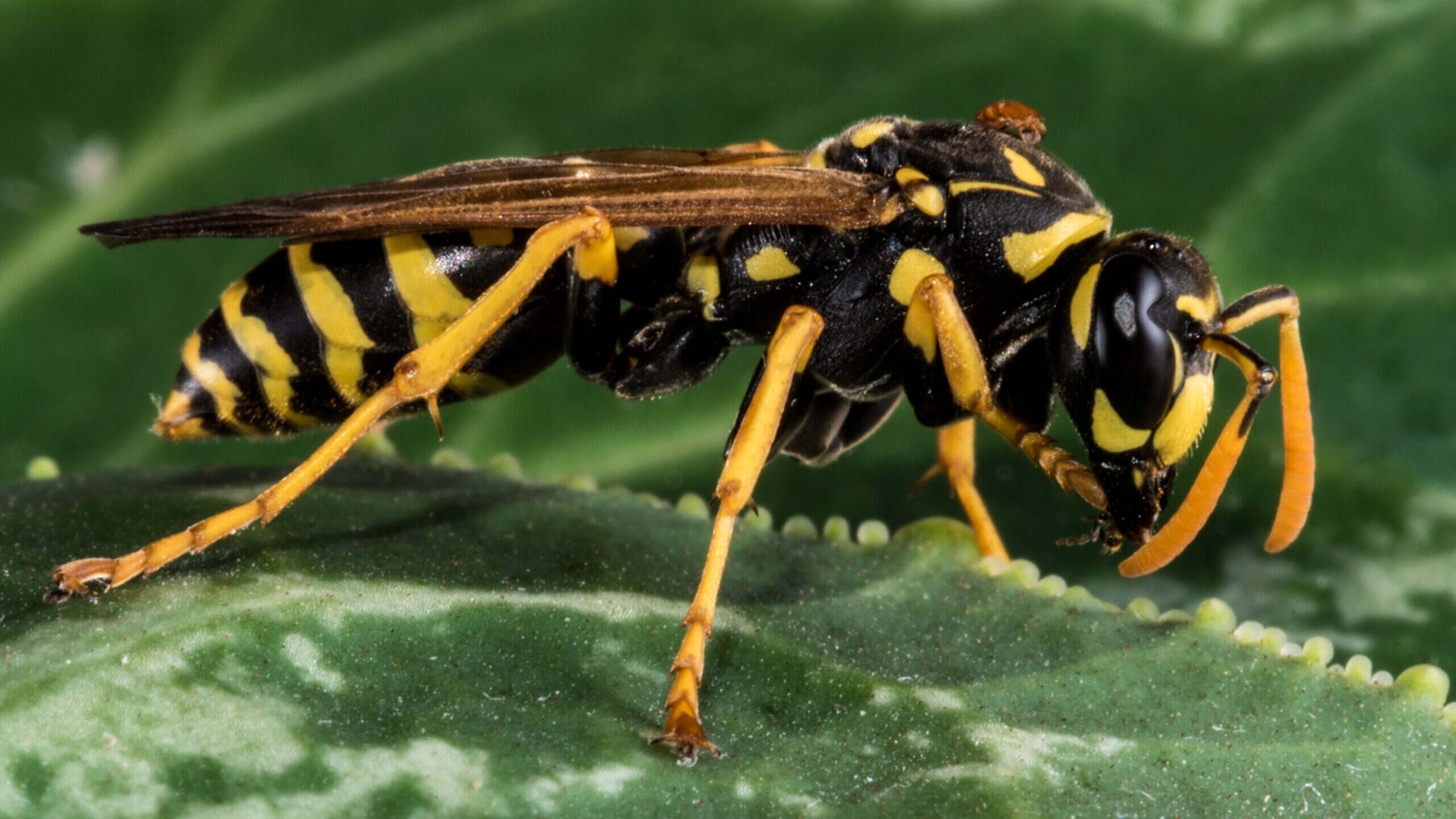
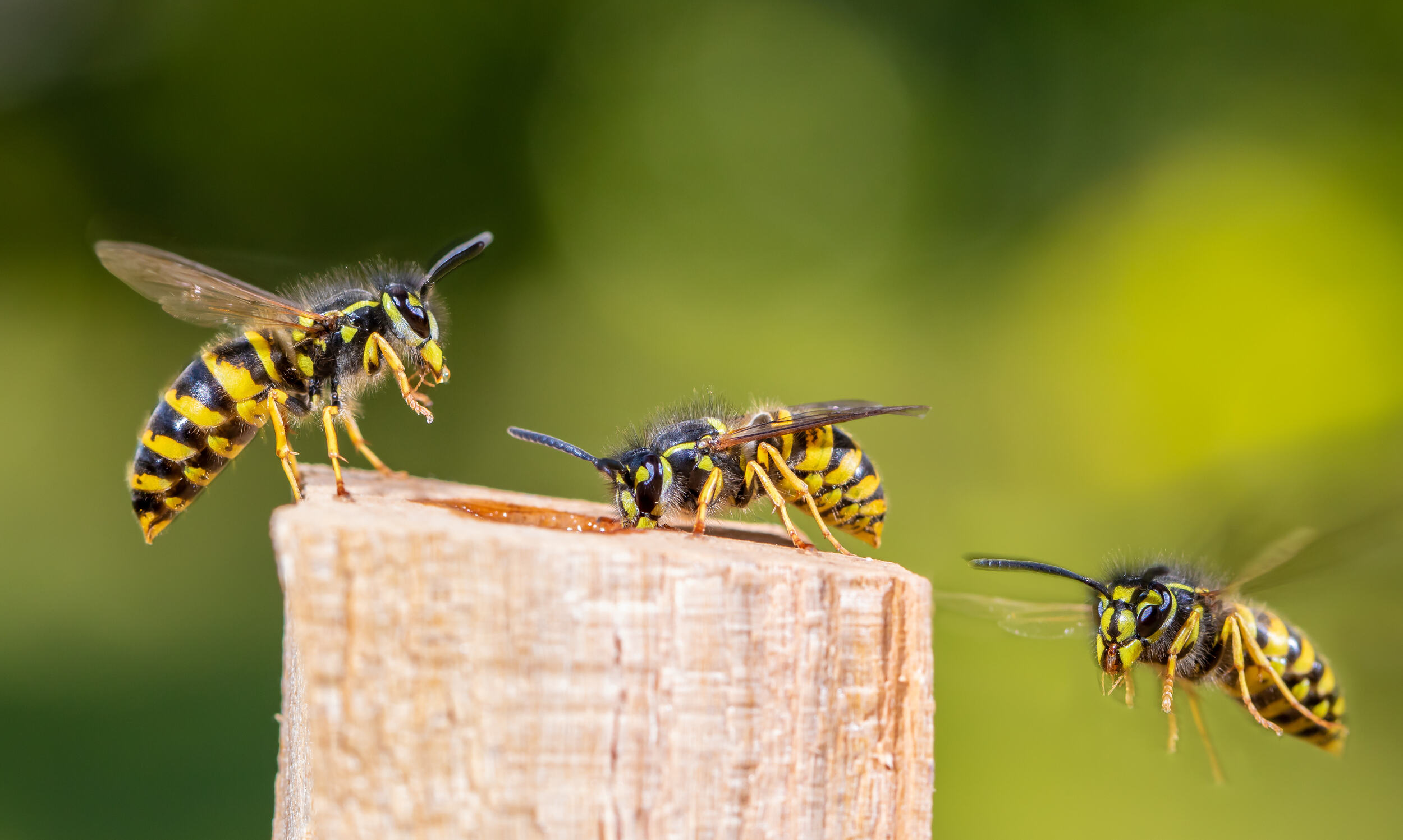
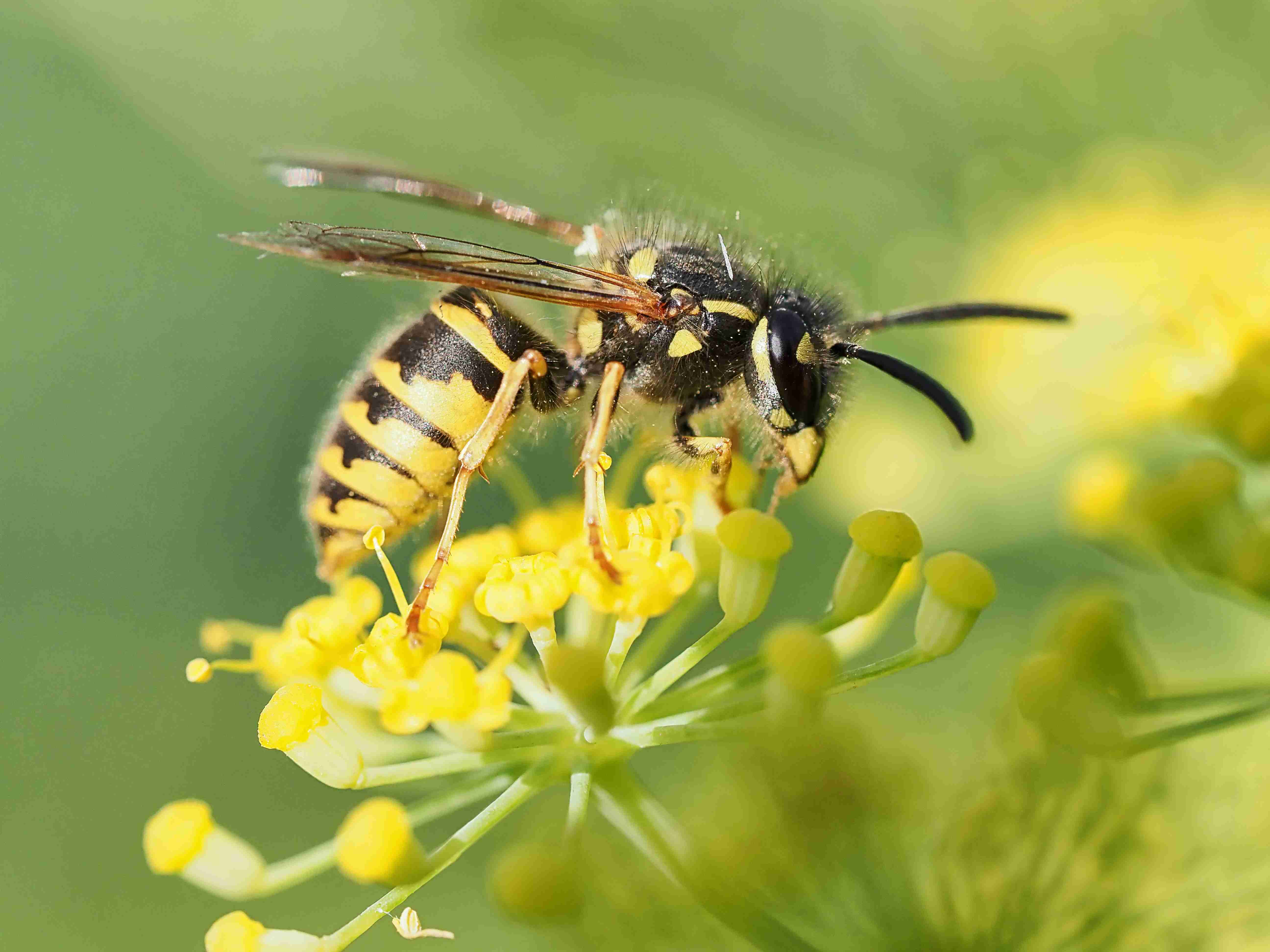
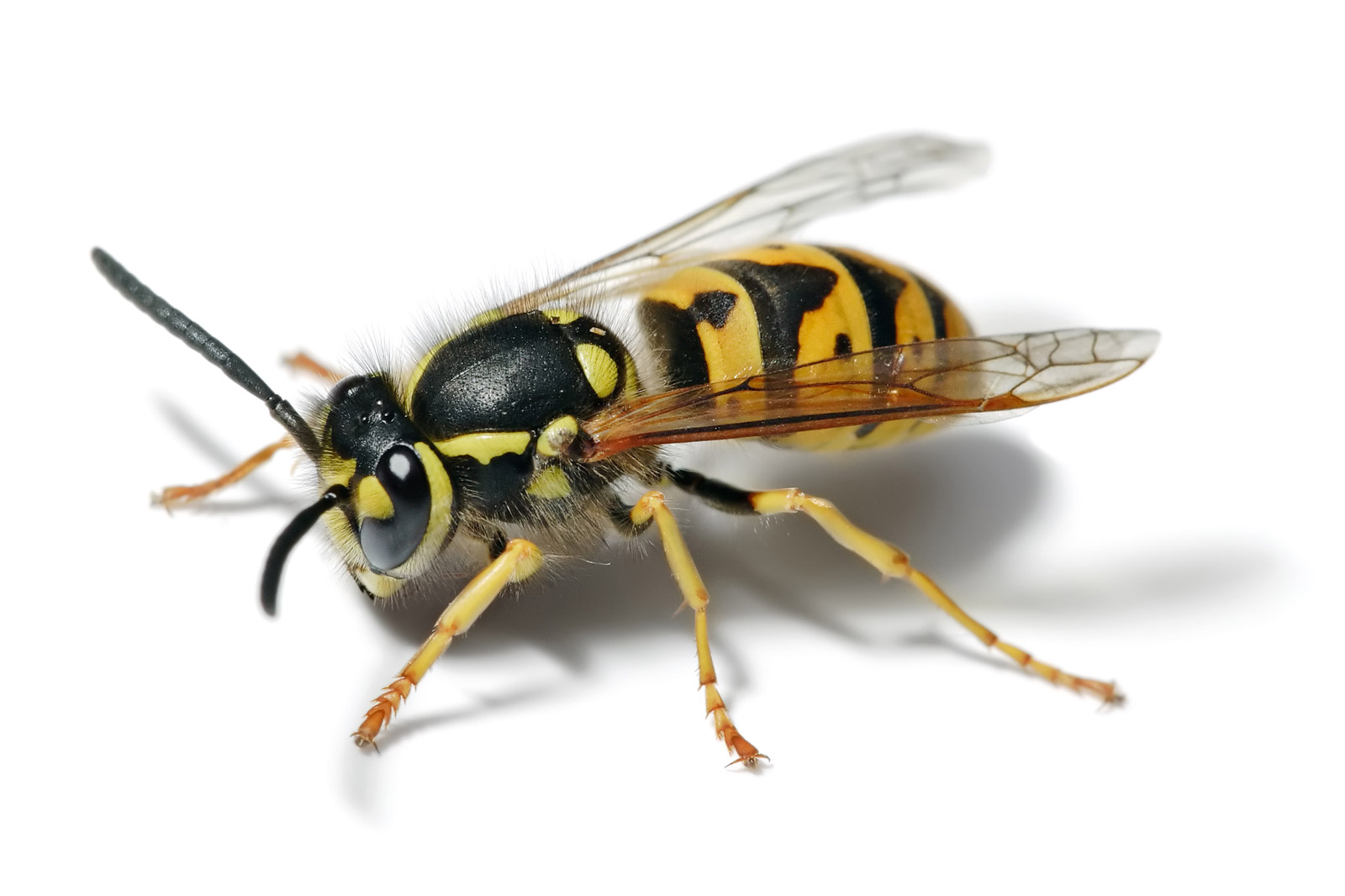
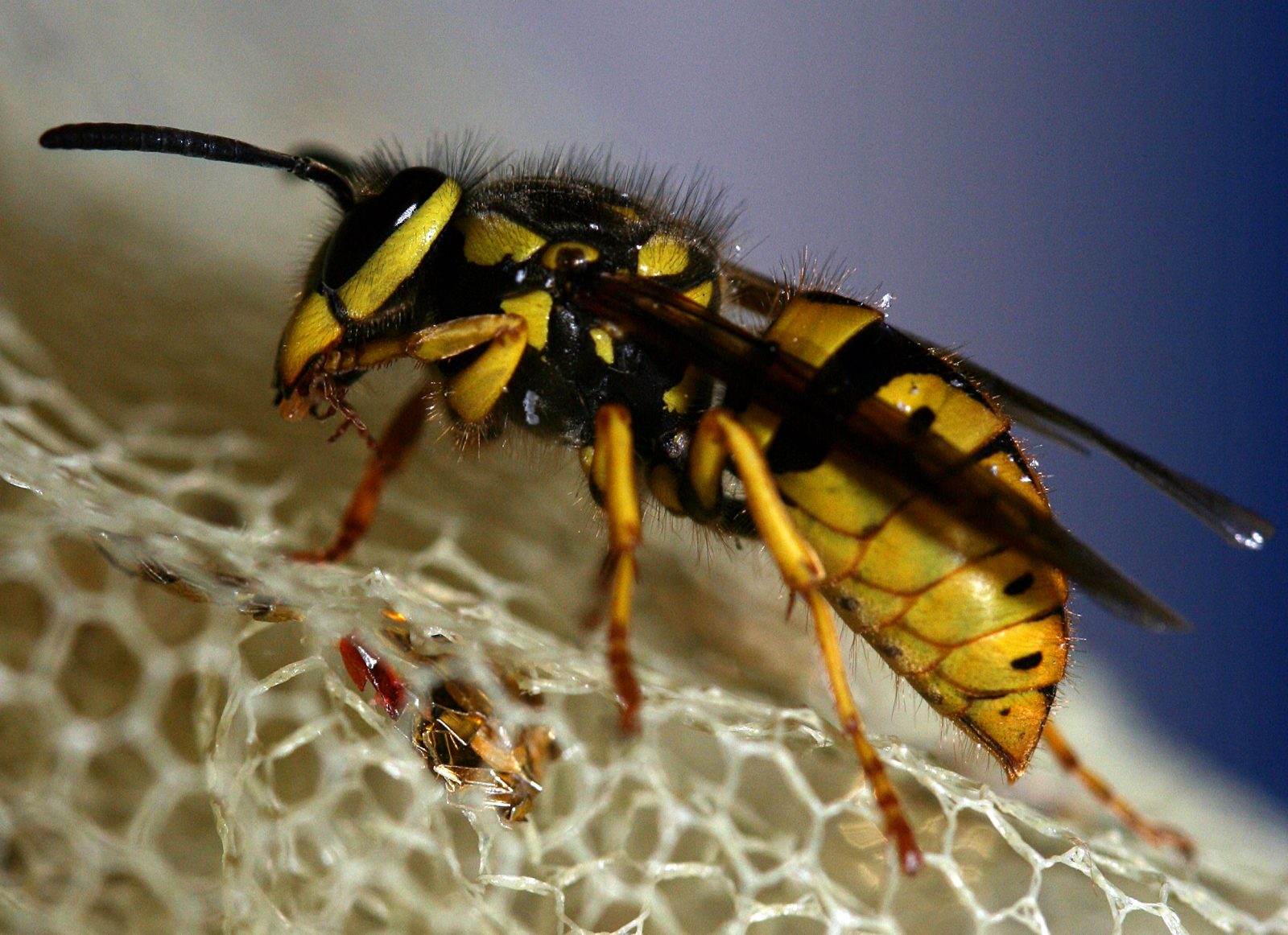
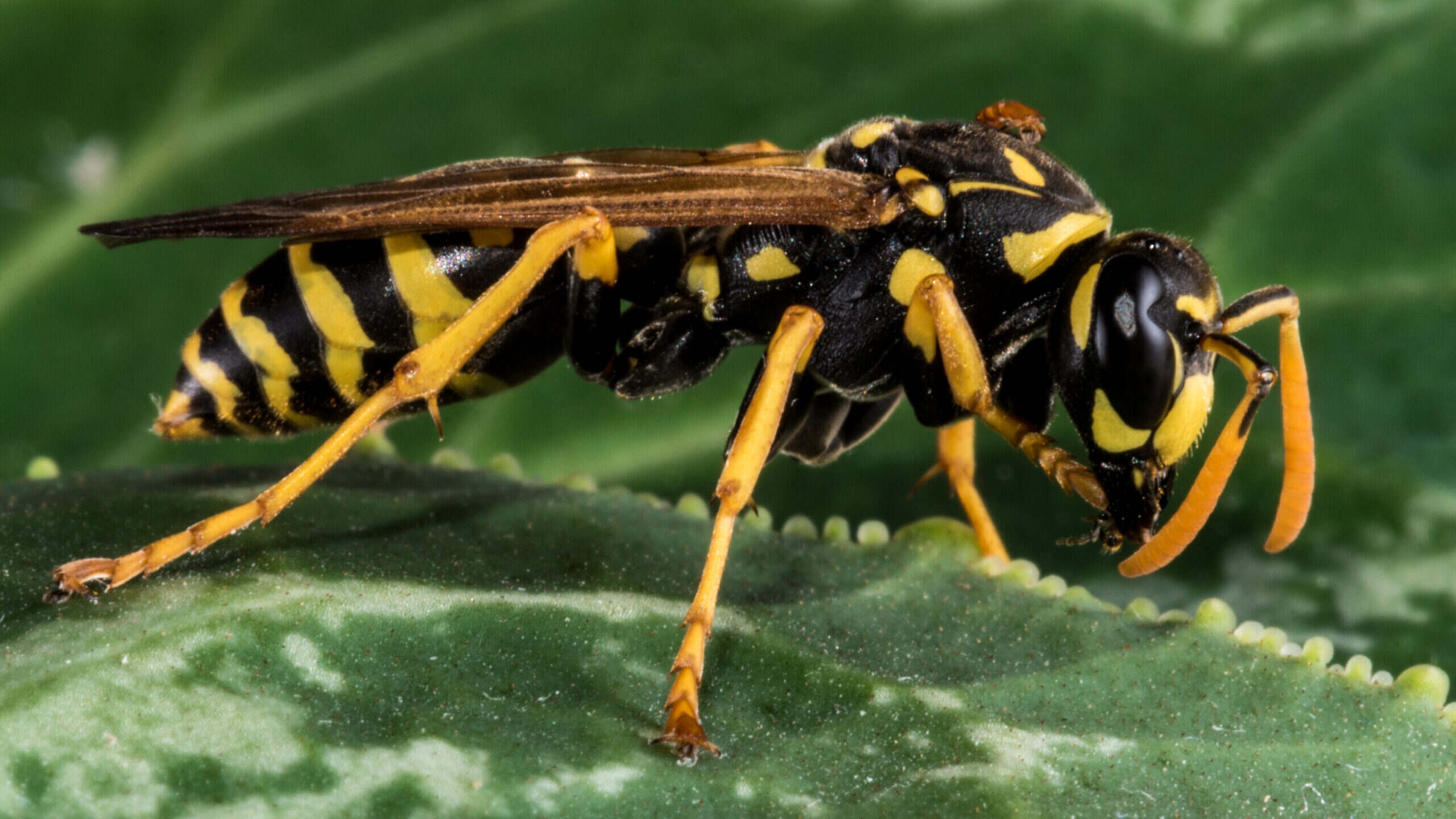
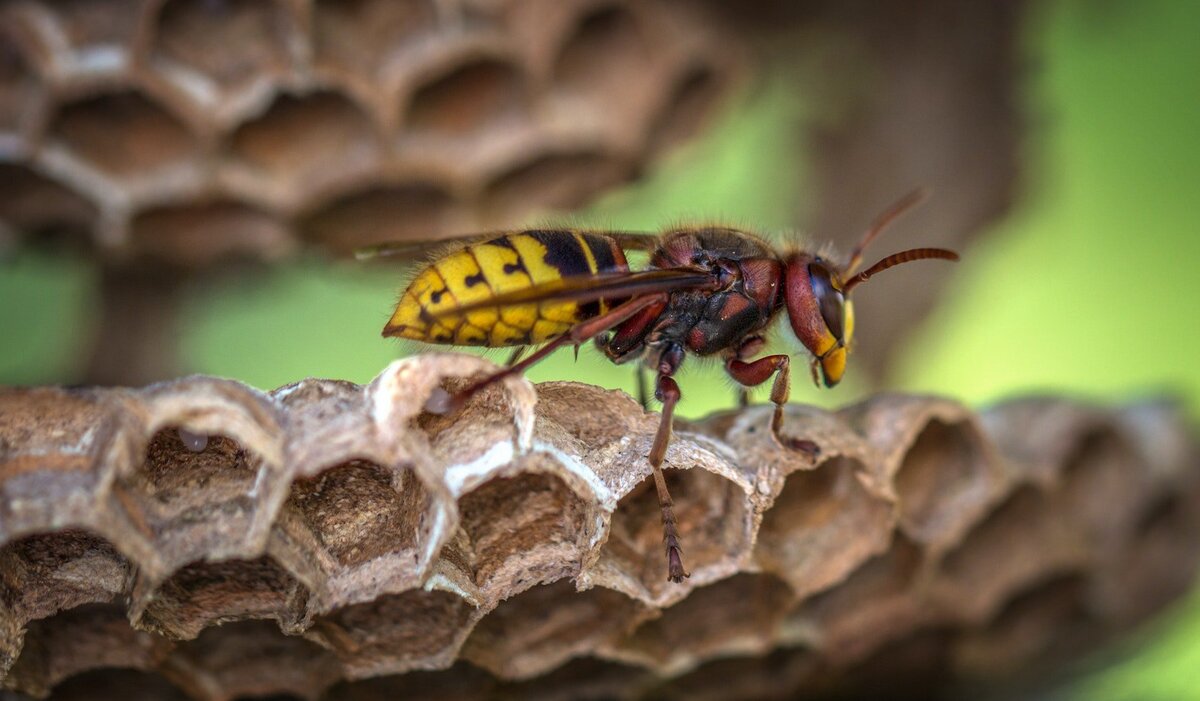
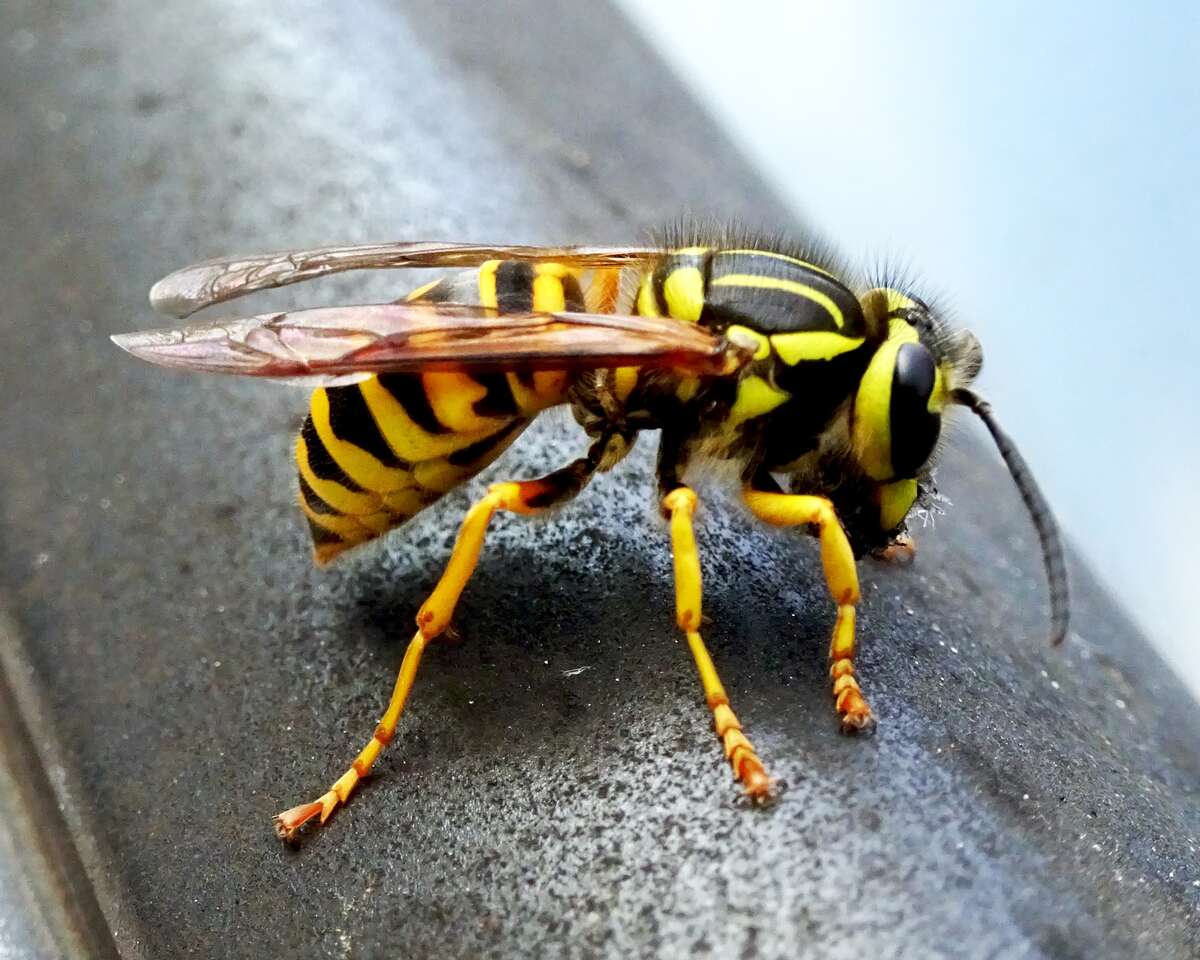

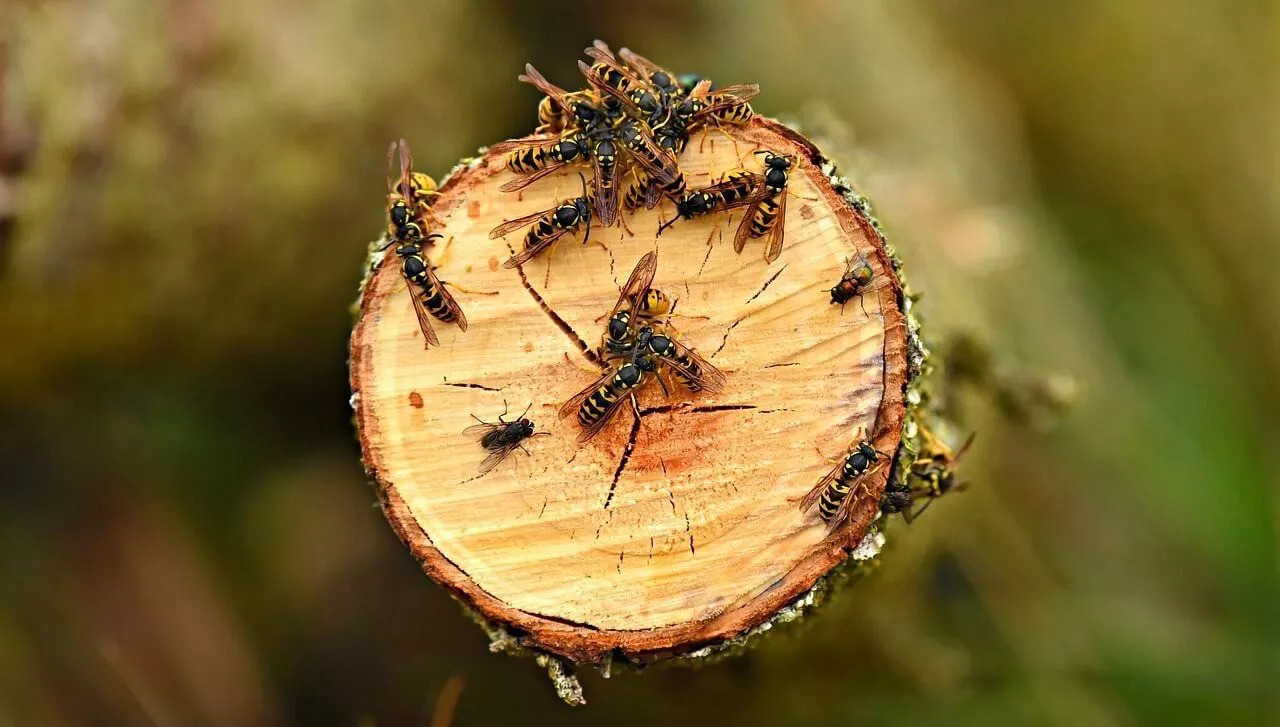
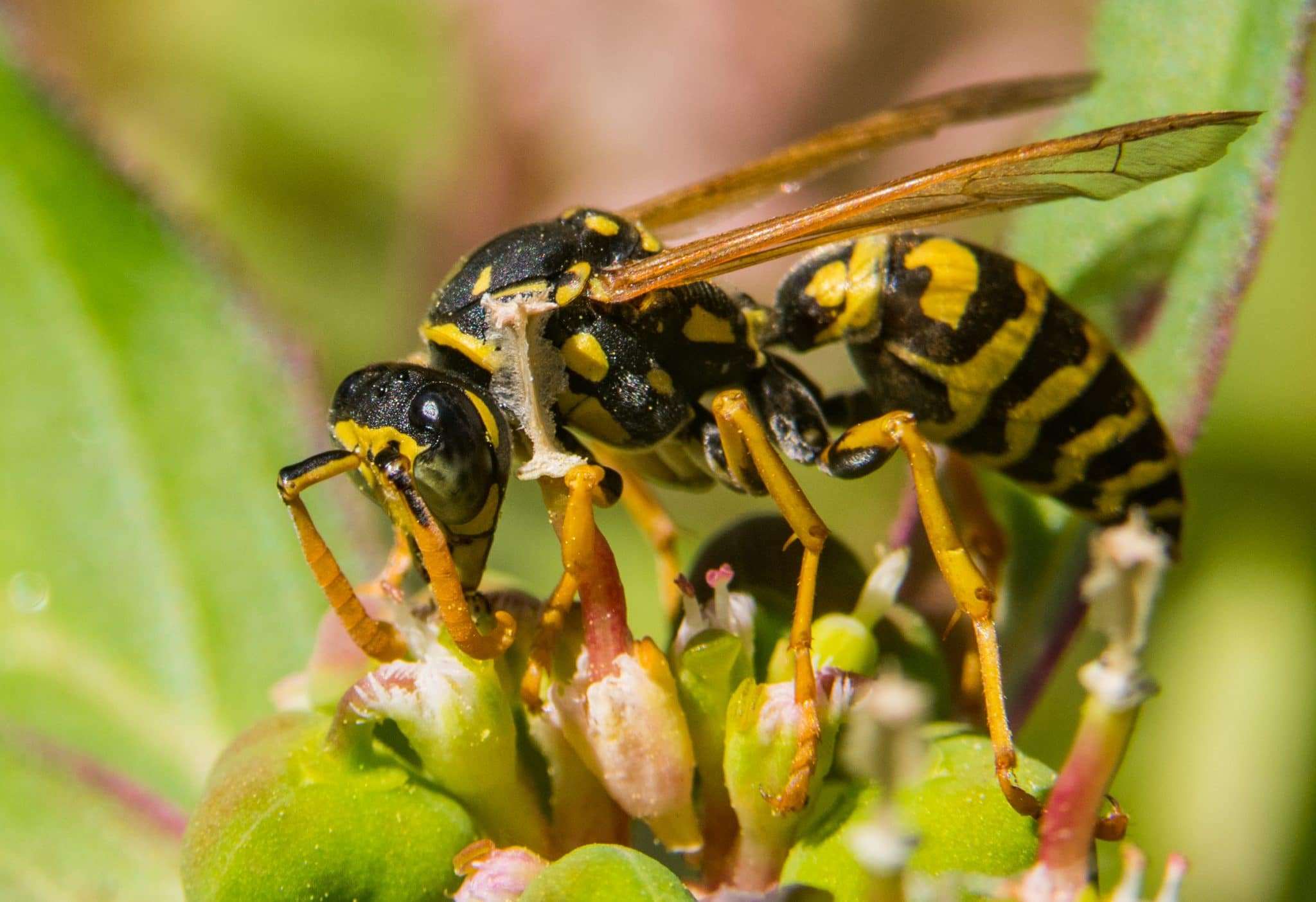

0 thoughts on “When Do Yellow Jackets Come Out”